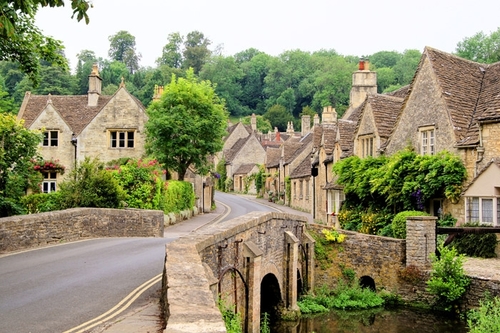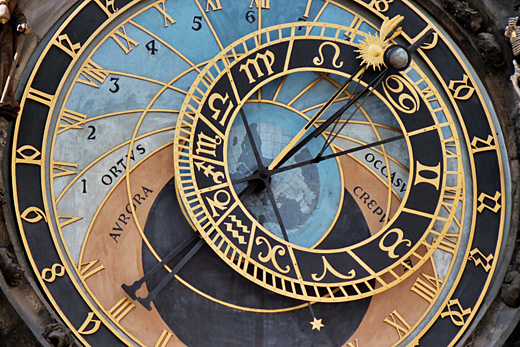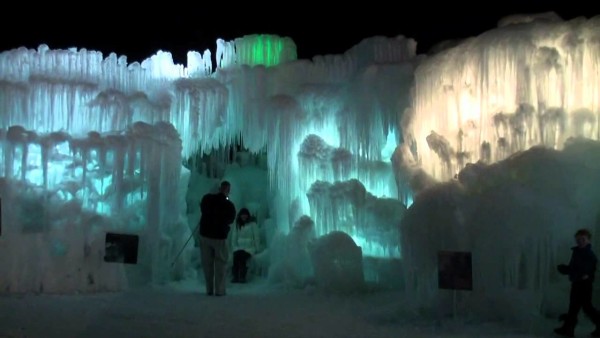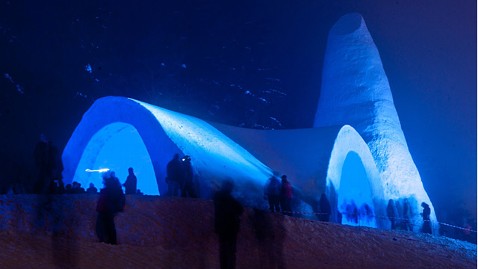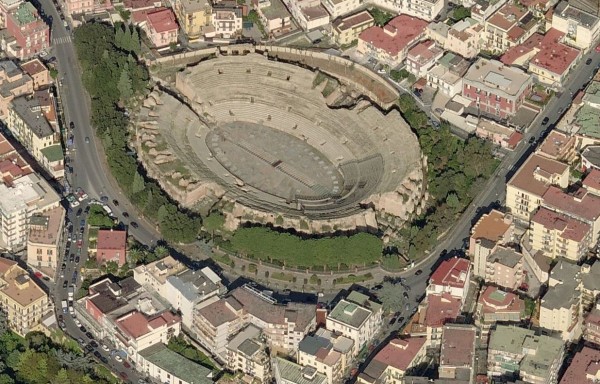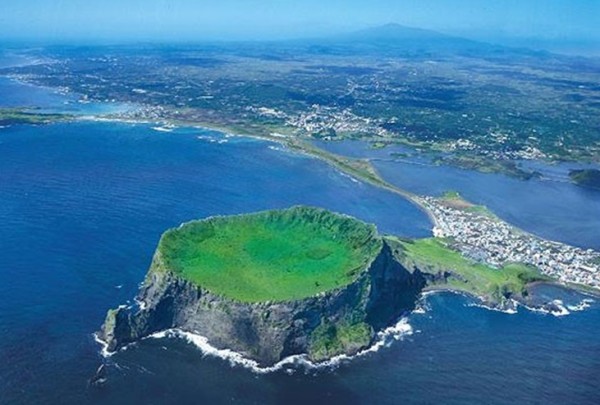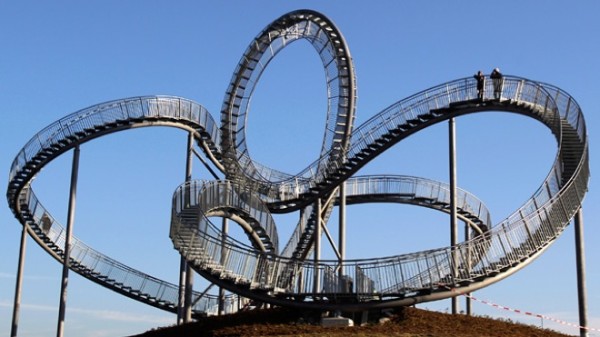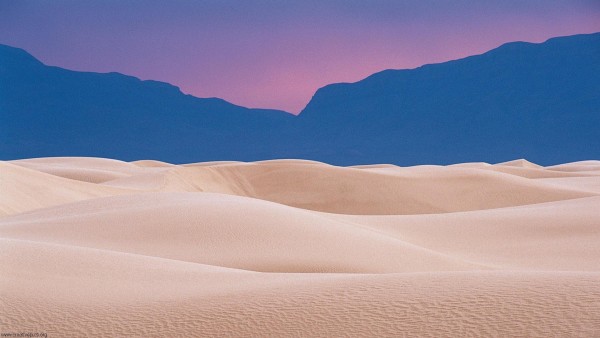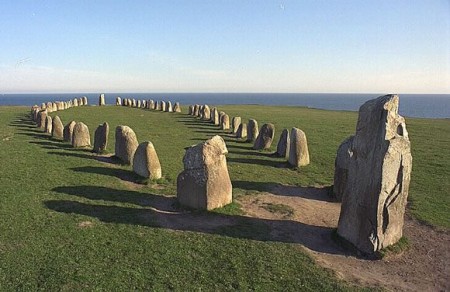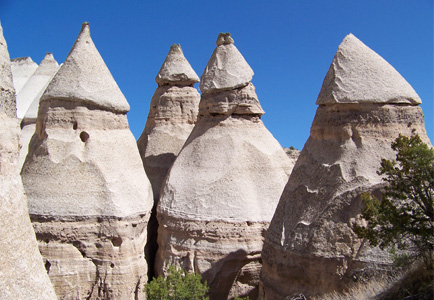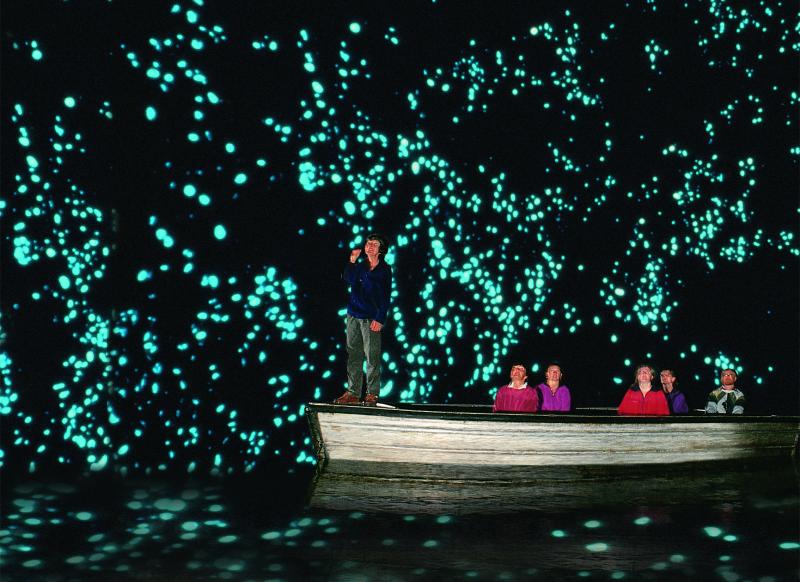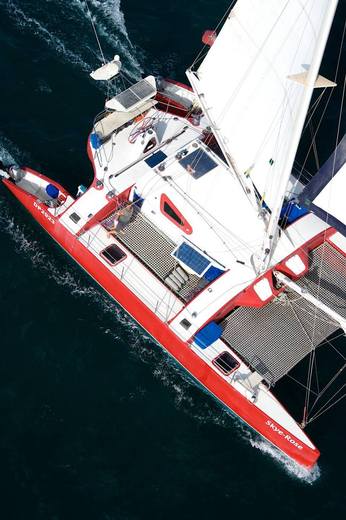This is part 5 of a 10 part series that focuses on 100 unusual and fascinating tourist attractions from around the globe.
Some we have been lucky enough to visit, yet some we yearn to set foot. From the weird and wacky, freaky to wondrous… Take a stroll through the series.
Prague Astronomical Clock
Built in 1410, the apparatus is the world’s oldest functioning astronomical clock. It adorns the facade of the Old Town Hall of Prague’s Old Town Square. The clock’s astronomical dial tracks the motion of the sun, moon and stars. Above the dial, statues of the 12 apostles appear at the hour every hour from 9 a.m. to 9 p.m.
Castle Combe, Britain
Known for its picturesque scenery, Castle Combe in Britain’s Wiltshire County about 20 miles east of Bristol was named the country’s prettiest village in 1962 in a national poll conducted by British Travel Assn., precursor to the British Tourist Authority.
Ice Castles at Silverthorne, Colorado
In Silverthorne, Colo., Brent Christensen has created a frosty, fairy-tale-like landscape out of icicles. His Ice Castles, as they are called, currently rise 15 to 20 feet and stretch across about an acre of land. At their height, they’ll reach 30 to 40 feet high and together weigh about 10,000 tons.
Church of ice and snow, Germany
In December 2011, a church made of snow and ice opened in Mitterfirmiansreut, a town in southeastern Germany about 100 miles northeast of Munich, marking the 100th anniversary of an act of protest. A century ago, Mitterfirmiansreut residents demanded a church in their town. When they were denied, they built their own out of snow and ice.
Pozzuoli amphitheater, Italy
Built in the first and second centuries. Its exterior is not quite as grand as the Roman Colosseum, but its well-preserved basement, provides a glimpse back in time to a world of gladiators and caged lions.
Jeju Island, South Korea
Jeju Island lies about 50 miles south of the Korean peninsula. A UNESCO World Heritage Site, the island comprises three noteworthy sites: Geomunoreum lava tubes, Seongsan Ilchulbong tuff cone and Mount Halla . UNESCO considers Geomunoreum the finest lava tube system in the world due to its multicolored and elaborate rock formations. The Seongsan Ilchulbong lava cone rises starkly from the ocean, making for an impressive sight. Mount Halla features waterfalls, rock formations and a lake-filled crater at its peak.
“Tiger and Turtle — Magic Mountain” sculpture in Germany
From a distance, “Tiger and Turtle — Magic Mountain” looks like a conventional roller coaster, but get up close and you’ll realize its curves aren’t meant for a quick adrenaline rush. The steel structure, which made its public debut Nov. 13, is actually a giant sculpture by German artists Heike Mutter and Ulrich Genth.
White Sands National Monument, New Mexico
Sitting on 143,733 acres in southern New Mexico, White Sands encompasses the world’s largest deposit of gypsum sand. Though it may be hard to imagine now, the monument, whose geology is similar to that of Mars, was covered by a shallow inland sea millions of years ago. Popular activities here include stargazing and sledding.
Ale’s Stones
Ale’s Stones is a megalith monument in Sweden’s Scania province. The monument, which measures over 219 feet long and 62 feet wide, is composed of 59 stones arranged in the shape of a ship. Each stone weighs between 1,100 and 4,000 pounds.
The origin of Ale’s Stones is unknown, but archeologists believe it may have served as a calendar or a memorial to shipwreck victims. Researchers estimate that the monument is at least 1,400 years old.
Kasha-Katuwe Tent Rocks National Monument, New Mexico
Kasha-Katuwe Tent Rocks National Monument is an alien-like landscape in northern New Mexico. Kasha-Katuwe lies 40 miles west of Santa Fe on the Pajarito Plateau. The monument features historical sites, hiking trails and wildlife.
